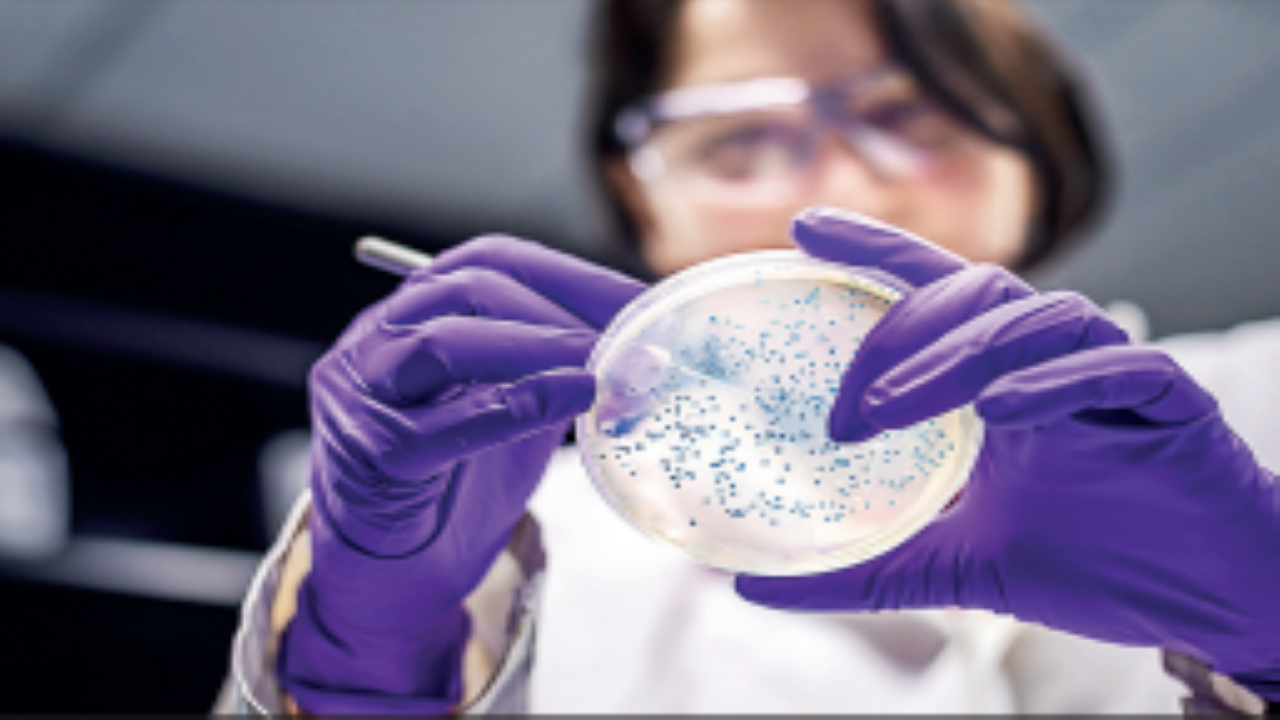- Diagnostics
- 3 min read
60% microbial resistance is XDR in Gujarat
More shockingly, out of total, 5% were pandrug resistant (PDR) organisms that did not respond to any available antibiotics available in the market.
More shockingly, out of total, 5% were pandrug resistant (PDR) organisms that did not respond to any available antibiotics available in the market.
"The ongoing study, which started in April 2022, comprises all possible factors - the initiative has 10 locations and 20 partners including medical colleges, veterinary colleges and fisheries industry. The researchers also collect samples from water and air," said a project coordinator. Out of the total, 52% or more than half 'superbugs' were found from healthcare sector, whereas 27% were from the vet and fisheries sector and the rest 21% from the environment.
Experts said AMR was more from healthcare sector as more samples were taken from here. Of total samples, E. Coli accounted for 22%, followed by 14% of Klebsiella pneumoniae, 8% of Pseudomonas aeruginosa, 7% of Staphylococcus aureus & SP, and 6% of Acinetobacter baumannii. Experts said indiscriminate use of antibiotics is the main reason that has made microorganisms immune over a long period. This leaves experts with only a few medicines in ICU or treating difficult cases.
An analysis of 3,000-odd samples of bacterial culture, conducted as part of a study on antimicrobial resistance (AMR) of pathogens in Gujarat, reveals that more than one-third of the micro-organisms (35.6%) resistant to antimicrobials comprise of two types of bacteria - E coli (22%) and Klebsiella pneumoniae (14%). Pseudomonas aeruginosa (8%) and Acinetobacter baumannii (6%) were the other two types of bacteria that registered a higher presence in the AMR samples.
The study is being carried out by the Gujarat State Biotechnology Mission (GSBTM) and Gujarat Biotechnology Research Centre (GBRC) with help from 20 institutions across 10 locations in the state. A senior official associated with the project said that since April 2022, experts have been scanning the healthcare sector, animals, fish, water, air, biomedical waste, etc., to identify the presence of 'superbugs.' It is part of a national project and will help understand the presence of AMR microorganisms in the region, said experts.
Talking about the most common AMR bacteria like E coli and Klebsiella, city-based infectious diseases experts said that these are present in the human microbiome.
"Be it the common stomach or urine infections or bacterial infection of the bloodstream among the ICU patients, these are the bacteria responsible. Thus, they get exposed the most to antibiotics and develop the most resistance," said an expert. "The next two bacteria are found widely in environment and even in our bodies. Hospital environments have higher concentration of the same. Thus, they also get relatively higher exposure to antibiotics." Dr Urvesh Shah, professor and head of department of microbiology at GCS Medical College, said that indiscriminate use of antibiotics was the primary reason for the rise in AMR organisms.



COMMENTS
All Comments
By commenting, you agree to the Prohibited Content Policy
PostBy commenting, you agree to the Prohibited Content Policy
PostFind this Comment Offensive?
Choose your reason below and click on the submit button. This will alert our moderators to take actions